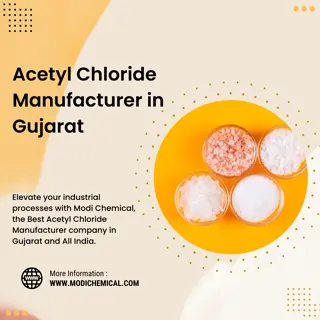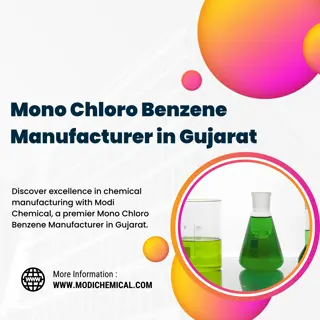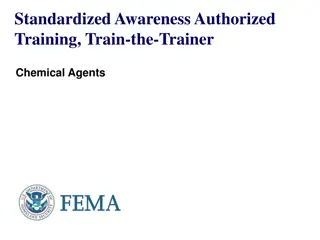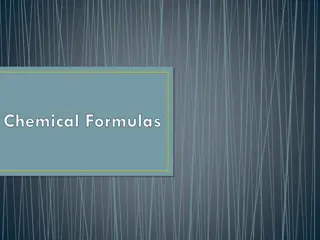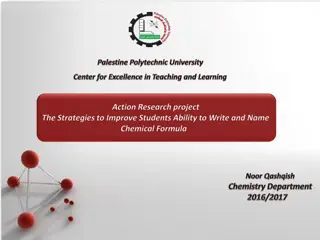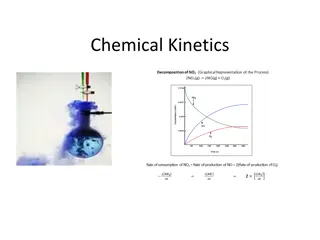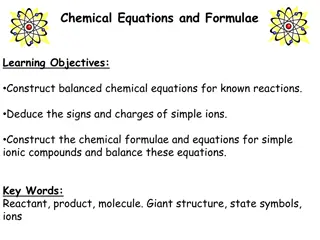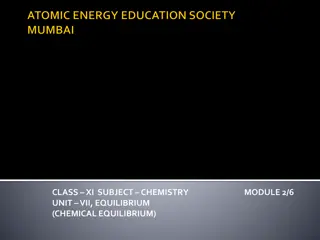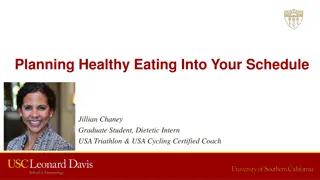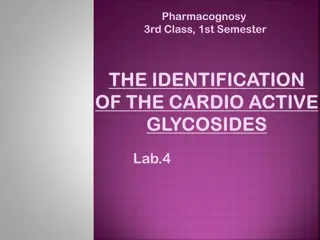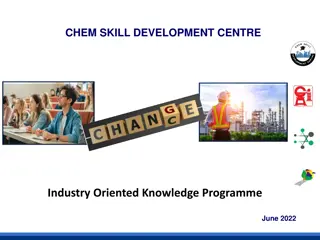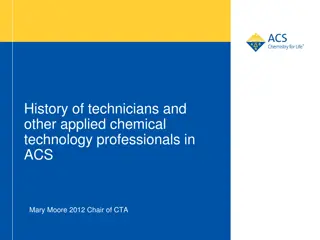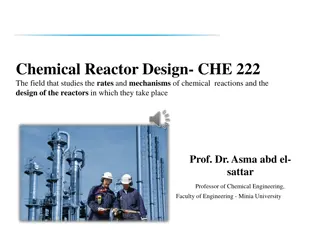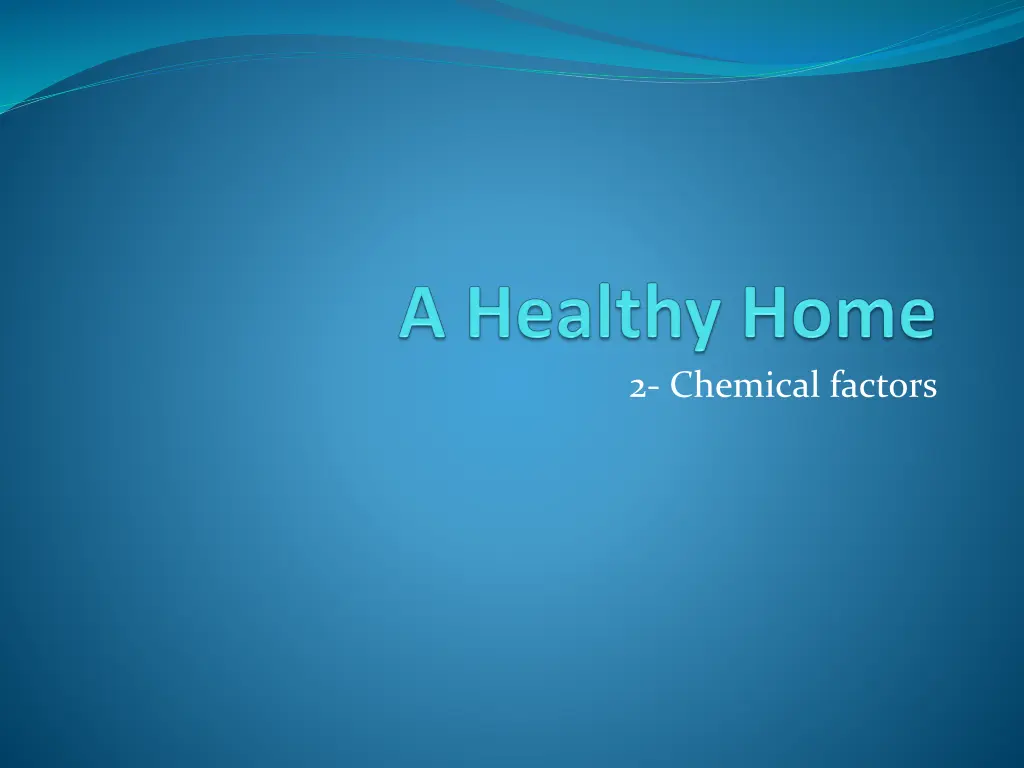
Understanding Chemical Factors in Health Risks
Discover the dangers of carbon monoxide poisoning, the health risks associated with cigarette smoke, and the impact of second-hand smoke on lung cancer deaths. Learn how to prevent carbon monoxide exposure and help individuals quit smoking. Protect yourself and loved ones from these harmful chemical factors.
Uploaded on | 0 Views
Download Presentation

Please find below an Image/Link to download the presentation.
The content on the website is provided AS IS for your information and personal use only. It may not be sold, licensed, or shared on other websites without obtaining consent from the author. If you encounter any issues during the download, it is possible that the publisher has removed the file from their server.
You are allowed to download the files provided on this website for personal or commercial use, subject to the condition that they are used lawfully. All files are the property of their respective owners.
The content on the website is provided AS IS for your information and personal use only. It may not be sold, licensed, or shared on other websites without obtaining consent from the author.
E N D
Presentation Transcript
1- Carbon monoxide (CO) poisoning Carbon monoxide is a colorless, odorless gas produced from the incomplete burning of virtually any combustible product. It may accumulate indoors as a result of tobacco smoking, poorly ventilated appliances, and attached garages. Heating without ventilation can be dangerous. In a poorly ventilated space, CO can cause serious illness, or even death
Signs CO poisoning seems at first like flu, but without fever. Signs include headache, fatigue, shortness of breath, nausea, and dizziness. Prevention: The best way to prevent CO poisoning is to make sure your home has good ventilation. Do not use gas appliances such as stove tops, ovens, or clothes dryers to heat your home
Cigarette smoke Smoking tobacco can cause many health problems for the smoker and for other people exposed to the smoke. Health problems from smoking include: serious lung diseases, such as lung cancer, emphysema, and chronic bronchitis. heart disease, heart attack, stroke, and high blood pressure. cancer of the mouth, throat, neck and bladder.
Second-hand smoke is the mixture of smoke that comes from cigarettes, pipes, and cigars, plus the smoke breathed out by the smoker. Second-hand smoke makes smoking dangerous for everyone who lives with a smoker, especially children. It causes the same health problems as does smoking.
Secondhand smoke each year is responsible for: about 3,400 lung cancer deaths in non-smoking adults Cigarette smoke is a complex mixture of chemicals produced by the burning of tobacco and the additives. The smoke contains tar, which is made up of more than 4,000 chemicals, including over 60 known to cause cancer.
To stop or help someone stop smoking People who smoke become addicted to a drug in tobacco called nicotine. Without a cigarette, they may feel sick or nervous. As every smoker knows, it is difficult to stop smoking because nicotine is a very addictive drug Telling people DO NOT SMOKE, is rarely successful in helping smokers to stop.
Some ways to help break the addiction and stop smoking include: Exercise daily. Replace smoking with a healthy habit such as drinking a cup of tea or walking. Drink plenty of water to flush nicotine out of the body. Ask for support from friends and family.
3-Pesticides A pesticide is any substance intended to destroy, prevent, or repel pests, such as insects, weeds, fungi, and rodents. Children develop leukemia three to nine times more often when pesticides are used around their homes. Brain tumors and other cancers in children have been linked with exposures to insecticides.
Symptoms Accsociated with Selected Pesticide(s)
Pest control without chemicals For cockroaches, mix boric acid with water to make a thick paste. Add corn flour and make little balls. Leave them around the house, For ants, sprinkle red chili powder, dried peppermint, or crushed cinnamon where they enter. For flies, soak crushed basil leaves in water for 24 hours. Filter and spray onto flies.
Common Dangerous Household Products Disinfectants Cleaning agents & solvents Bleaches Window cleaner Carpet cleaner Oven & drain cleaners Dry-cleaning fluids, spot removers Paint & varnish solvents
Pesticides Emissions from heating or cooling devices Indoor use of charcoal grill Leaks from refrigerator or A/C cooling systems
Workshop Discuss with your group criteria for safety home for children



